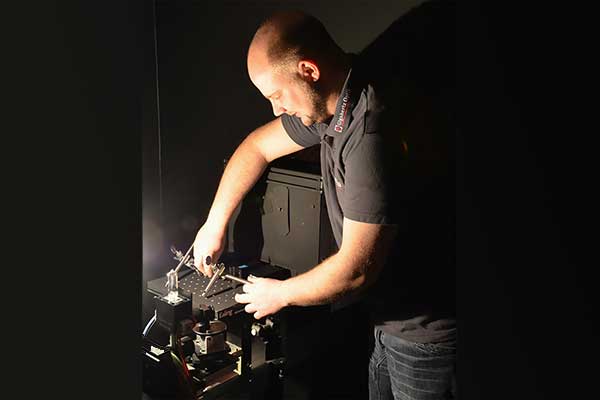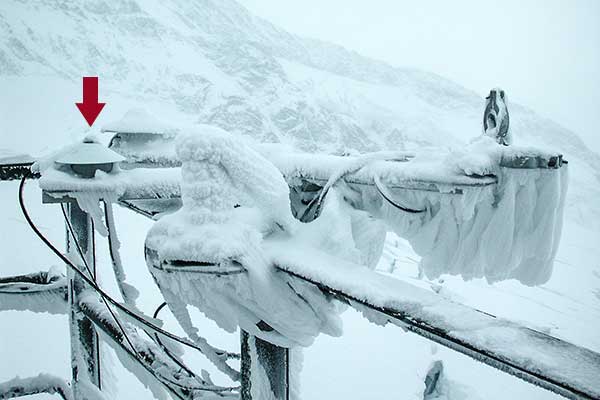Solar Radiation Measurements
Solar radiation in research and science
The precise measurement of natural solar radiation is an important requirement for atmospheric research, the measurement of the total ozone column and the determination of UV index. Additionally, renewable energy research and the use of artificial sources such as solar simulators require accurate optical radiation measurement data. Gigahertz-Optik GmbH has been an active partner of the solar community since 1986 as both a manufacturer of measuring instruments and a service provider. Some example applications of natural and artificial solar radiation measurement with Gigahertz Optik GmbH products are given below.
Further relevant applications can be found here:
+49 (0) 8193 93700-0
Traceable Calibration of Spectroradiometers for Measuring Solar Radiation
The measurement quantity for determining the intensity of optical radiation incident on a reference surface is irradiance, measured in terms of W/m². Spectroradiometers used for atmospheric research must be calibrated for their spectral irradiance sensitivity. Standard lamps are used as the reference for calibrating spectroradiometers. Their spectral irradiance is certified by a calibration traceable to a national metrology institute.
Gigahertz-Optik GmbH has been producing the standard lamp model BN-9101 for spectral irradiance since 1991.
Climatic Challenges for Outdoor Optical Radiation Measurements
Instrumentation for measuring solar radiation is often subject to extreme climatic conditions as much research is necessarily located high in mountain areas or other hostile environments such as the Arctic and Antarctic regions. For example, the High Altitude Research Station, Jungfraujoch (HSFJG) Switzerland is located 3456 m above sea level. It has been the location for solar radiation measurements with both broadband radiometers and spectroradiometers since the 1980’s. One research project undertaken during the months of October and November investigated whether the broadband device WPD-UVA-03 (Gigahertz-Optik GmbH) was suitable as a monitor detector for relatively slow scanning spectroradiometers such as the Bentham DTM300 double monochromator.
The broadband measuring device was exposed to very demanding weather conditions.
"The BfS at the Schneefernerhaus - measurement of UV radiation at an altitude of 2666 m"
Measurement of Solar Irradiance to Calculate the UV Index
The Global Solar UV Index, or UVI, is an internationally recognised measure designed primarily to inform the public about the health risks of UV radiation and sun protection. the UVI uses simple integer values, usually 0 to 11+, to describe the level of solar UV radiation at the Earth's surface. The potential for damage to the skin and eyes increases, while the time for damage to occur will decrease as the UVI value increases.
Measurement of the Total Ozone Column from Direct Solar Irradiance
Ground level solar irradiance is dependent on various atmospheric parameters such as cloud cover, total ozone and aerosol content. Most of the atmosphere’s ozone is contained in the stratosphere, providing essential protection from the Sun’s harmful UV radiation. Ground-based spectroradiometer measurements of direct solar UV irradiance can be used to determine the Total Ozone Column, TOC. This requires a spectroradiometer capable of tracking the solar zenith angle and measuring spectral irradiance within a narrow field of view.
UV Preconditioning Tests of PV Modules according to IEC 61215 Series
The qualification of PV modules according to IEC 61215 and IEC 61646 requires preconditioning with defined doses of UVA and UVB radiation. Unlike conventional radiometers, the BTS256-UV spectroradiometer enables the most accurate measurement of UVA and UVB irradiance levels irrespective of the type of UV source used. Each device is supplied with a traceable calibration certificate and is designed to operate at the required high temperature.




